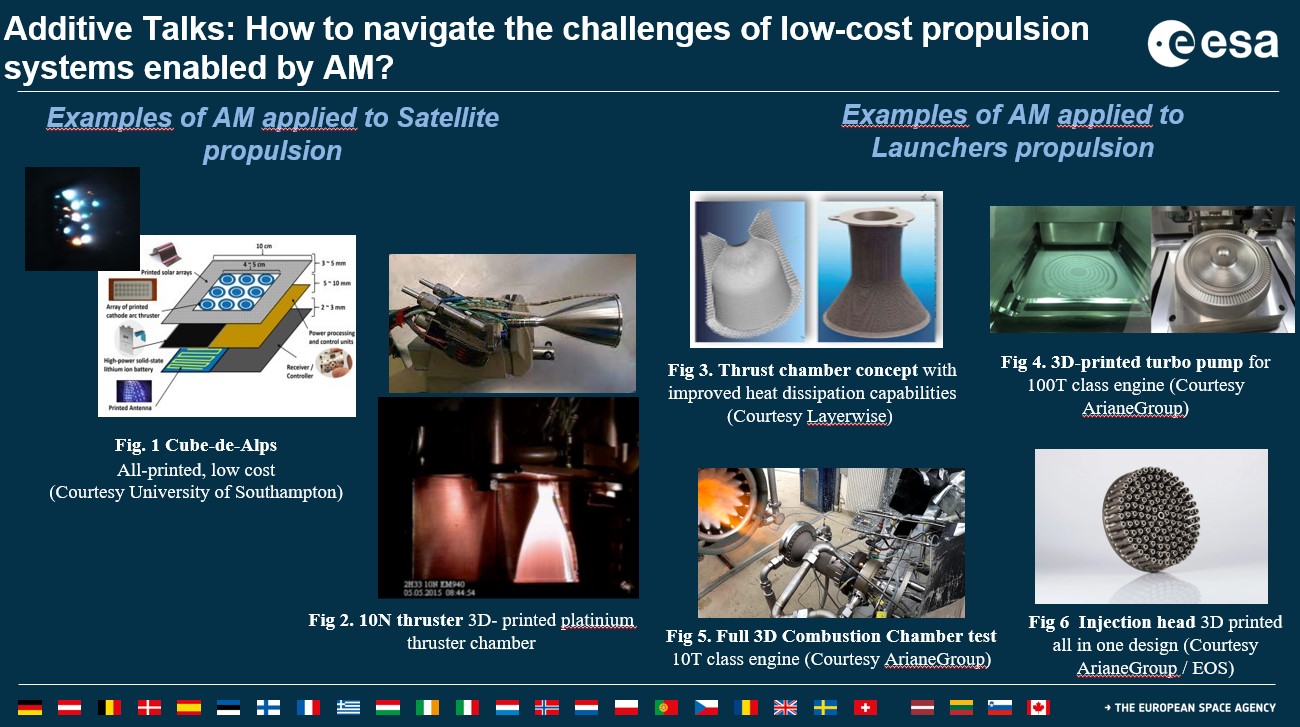With the increasingly competitive aerospace market, the satellite industry has witnessed a shift from the traditional GEO (Geostationary Earth Orbit) large satellite model (>500 kg) to a LEO (Low Earth Orbit) small satellite model (<500 kg).
In the race for space, one tends to realize that the cost of small satellites being launched into the LEO orbit, is lower than the one of traditional larger satellites. That’s the reason why, for many experts, costs drive opportunities for increased production rates, resulting in more launches per year.
Here is the thing, cost becomes a tiny problem of the production if the satellite is not functional enough to last at least 3 years in the LEO orbit – let alone its ability to address issues related to space debris reduction and sustainability. That’s the reason why, a wide range of technology solutions are explored to create better satellites.
In our latest “Additive Talks” session, Jamila Mansouri, Head of Propulsion, Aerothermodynamics and Flight Vehicles Engineering Division at European Space Agency (ESA), Angelo Minotti, founder and CEO of two innovative companies, MIPRONS and MIEEG as well as Giulio Feliziani, AM Business Development Manager at Oerlikon sat down to discuss the challenges of low-cost propulsion systems enabled by AM.
Each of these speakers brings a rich experience in the space industry and in the use of AM for (low-cost) propulsion systems hence the focus in this conversation.

Key questions discussed as part of this panel
The conversation started with a context of the role of satellites in the space industry. A key focus has been made on the types of propulsion systems that have required the most the use of AM.
The heart of the conversation was dedicated to the manufacturing opportunities and challenges in the production of propulsion systems. The speakers discuss the technical challenges raised in the conventional manufacturing of satellite propulsion systems and the different types of AM processes that could serve as production candidates here. A real use-case example has been explained by Angelo Minotti, who is working through MIPRONS on the development of a propulsion system for satellites, using water as a fuel and AM.





